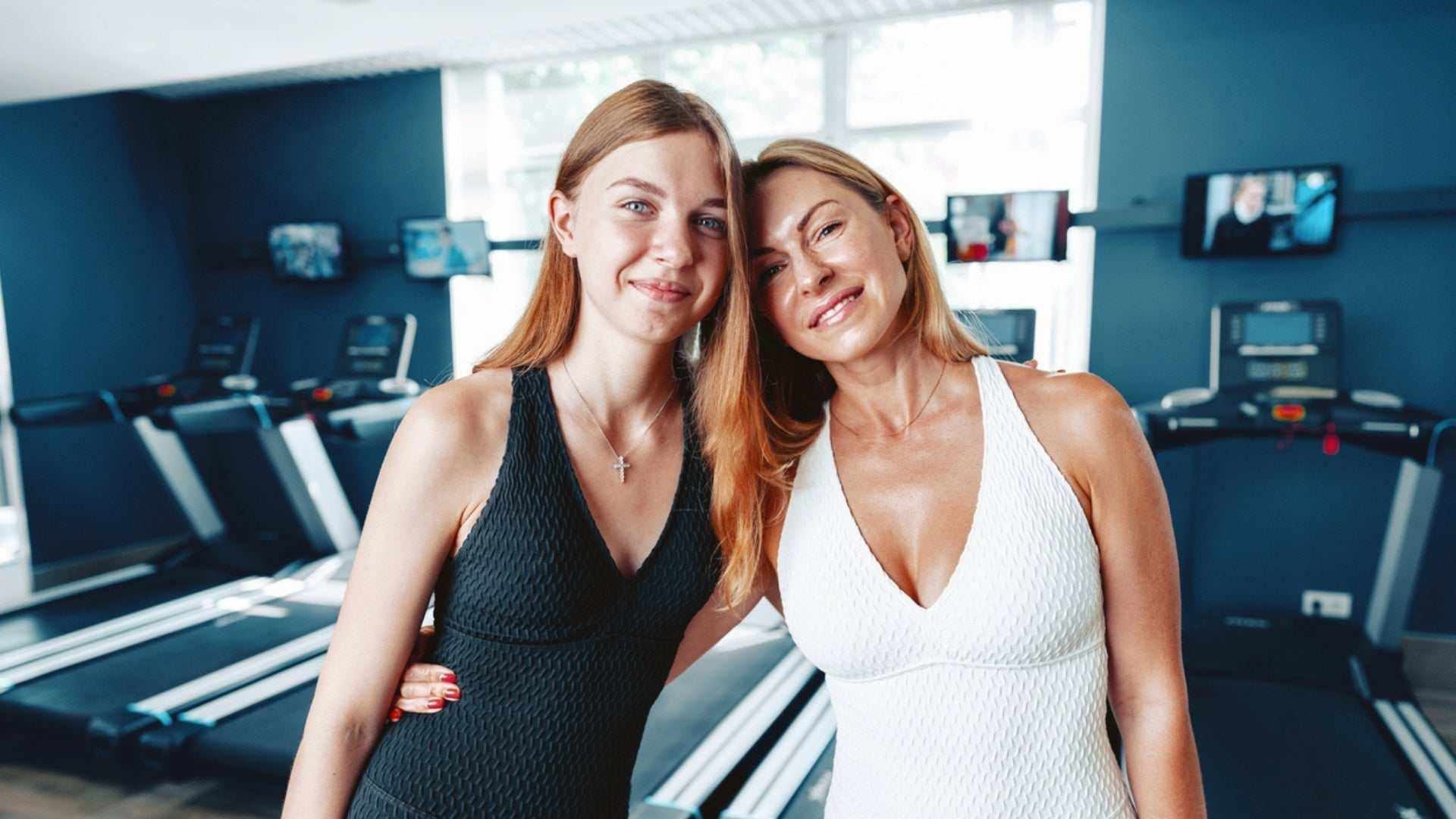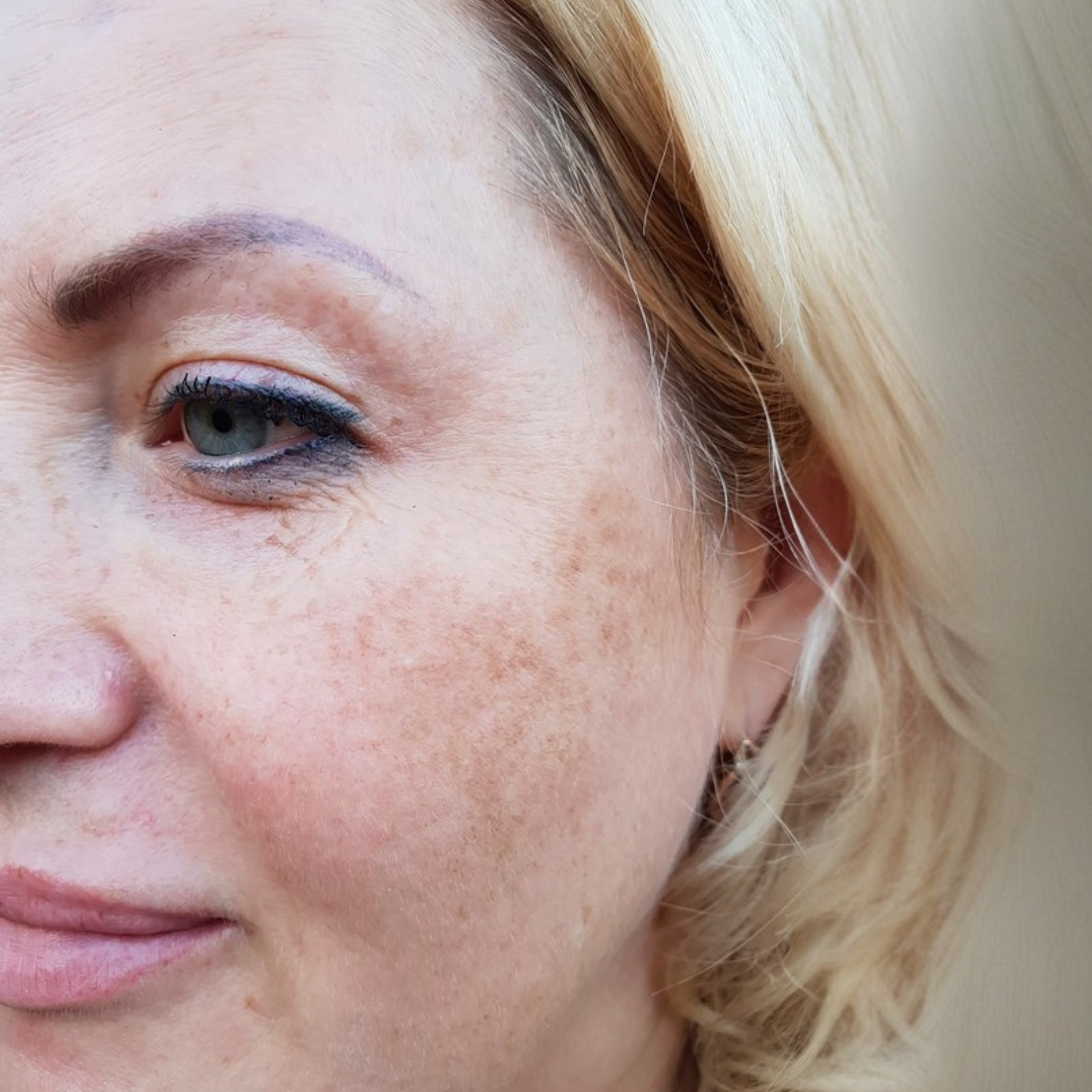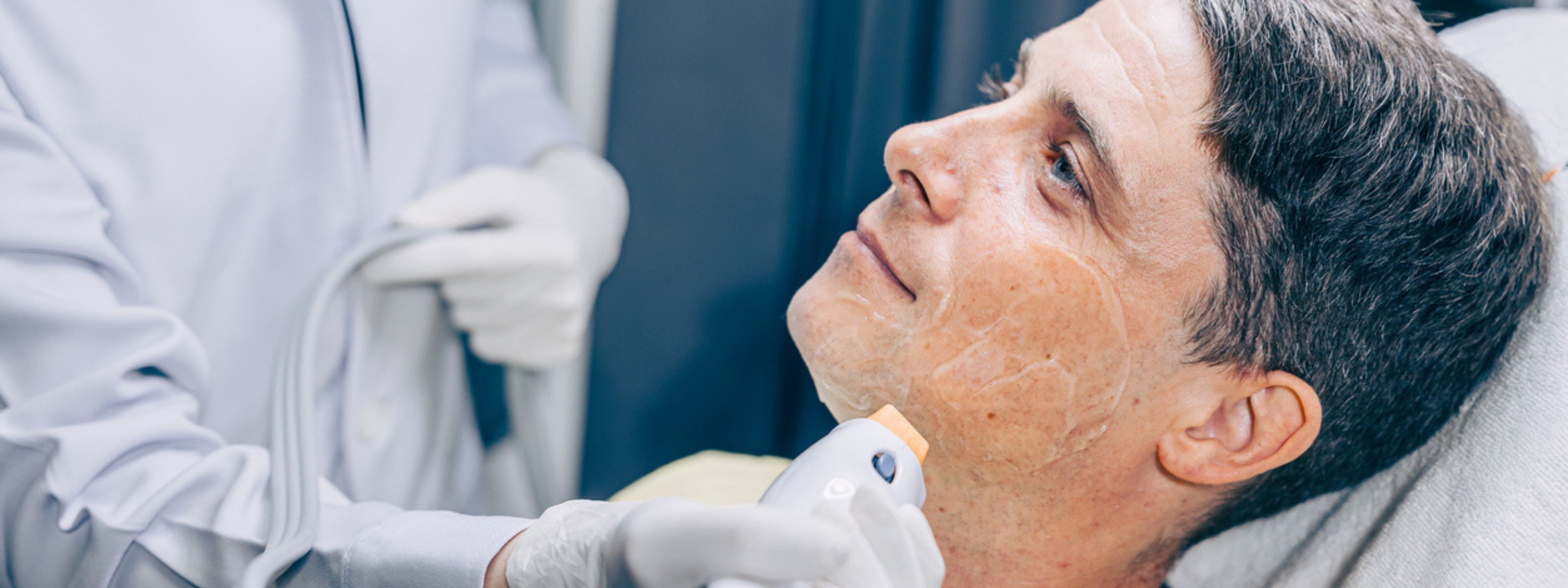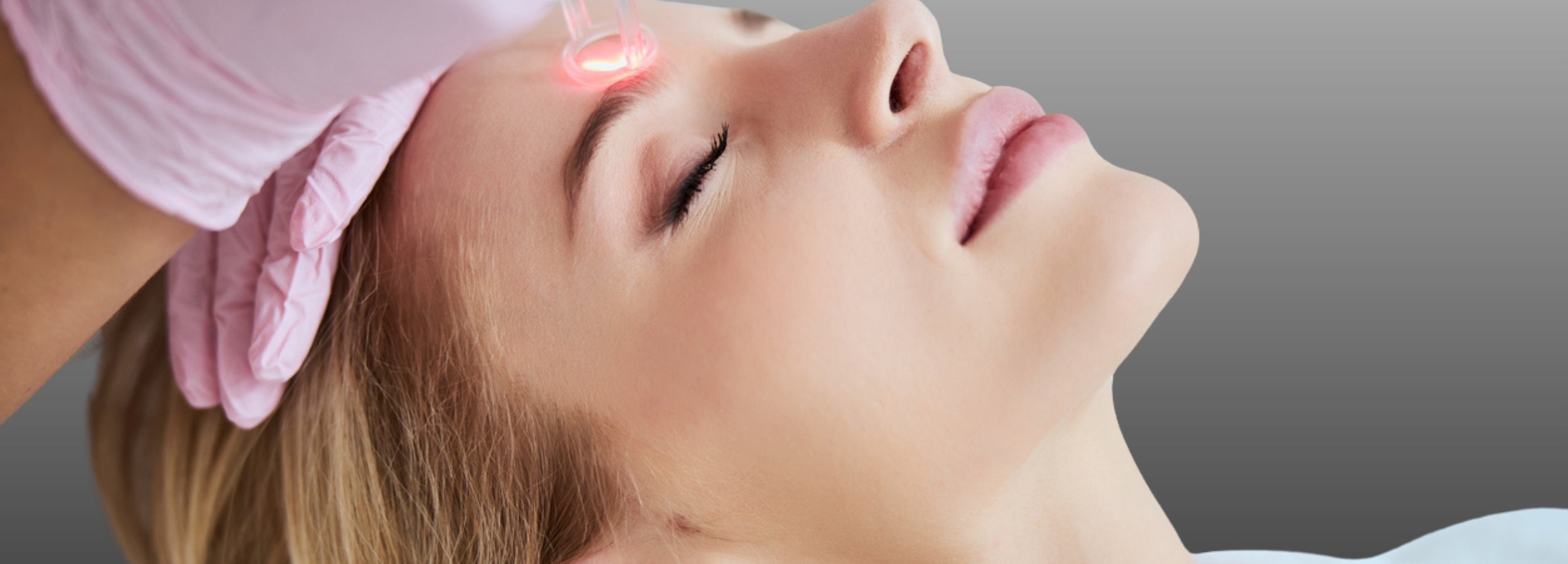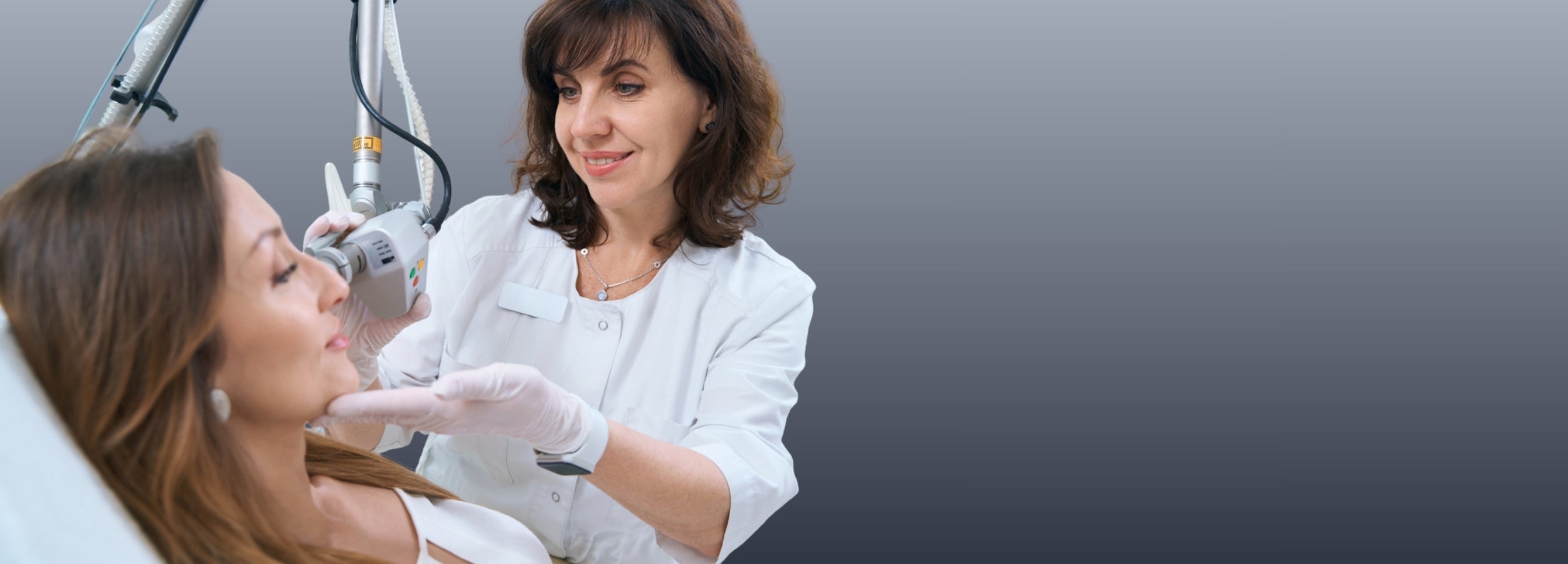How long after botox can you exercise
Botox is a popular choice for those seeking to reduce fine lines and wrinkles. It’s quick, minimally invasive, and often fits seamlessly into even the busiest schedules. But while the treatment itself is simple, the botox post-care period plays a crucial role in how well it works—especially when it comes to exercise after botox.
Exercise increases blood flow, which can affect the way botox settles into the treated muscles. Knowing exactly how long after botox you can exercise can protect your investment and help you achieve the best possible results. This guide walks you through the botox and exercise timeline, explains why waiting matters, and shares practical botox recovery tips for active lifestyles.
Understanding Botox: What Happens After Your Treatment
Botox works by temporarily relaxing targeted muscles, smoothing out wrinkles and fine lines. Once injected, it takes time for the neurotoxin to bind to the nerve endings and begin working. Immediately after treatment, you may notice slight redness, tenderness, or mild swelling at the injection sites—these are normal and short-lived.
- Avoid rubbing or massaging the treated areas.
- Stay upright for at least four hours after treatment.
- Hold off on intense workouts or anything that raises your heart rate significantly.
These steps may sound simple, but they’re essential for helping the product remain exactly where it’s intended, maximizing your botox results.
Why Exercise Matters After Botox: The Science Explained
When you work out, blood flow increases throughout your body. If this happens soon after your injections, the botox can migrate away from the targeted muscles. This not only reduces the treatment’s effectiveness but, in rare cases, can lead to results you weren’t expecting—like asymmetry or drooping.
- Increased circulation can cause the product to spread.
- High-impact movements may disrupt botox placement.
- Facial expressions during workouts (like straining or grimacing) can work against the relaxing effect you want.
Understanding this helps explain why your provider will advise a short “rest period” before heading back to the gym.
The Botox Exercise Timeline: When Is It Safe to Work Out?
Most experts—and the American Academy of Dermatology—recommend the following timeline:
- First 4 hours: Stay upright, avoid bending, lying down, or touching treated areas.
- First 24 hours: No strenuous activity. Skip your usual workout to reduce the risk of bruising and product migration.
- 24–48 hours: Gentle, low-intensity activity (like walking or light stretching) is fine—avoid anything high-impact or that increases facial pressure.
- After 48 hours: You can usually return to your normal fitness routine, provided you feel comfortable.
For my Oakville patients who lead active lifestyles, I often recommend booking botox on a rest day or before a weekend, so you can naturally follow this timeline without disrupting your regular schedule.
Types of Exercise: Safe vs. Risky in the First 48 Hours
Not all activities pose the same risk. Here’s a quick breakdown:
Safe After 24 Hours
- Walking
- Gentle stretching
- Yoga without inversion poses
Best Avoided for 48 Hours
- Running or high-intensity cardio (HIIT)
- Heavy weightlifting
- Hot yoga or saunas
- Sports that cause frequent facial strain
Risks of Exercising Too Soon After Botox
Rushing back into high-intensity activity too soon can lead to:
- Uneven results due to botox migration
- Increased bruising and swelling
- Shortened longevity of your botox results
These are avoidable simply by following your provider’s post-care recommendations.
Botox Recovery Tips for Busy Women
- Plan your workouts around your appointment to avoid missing sessions.
- Stay hydrated—water supports skin health and recovery.
- Protect your skin with daily SPF.
- Incorporate gentle skincare (antioxidants, mild cleansers) to enhance results.
Remember—recovery time is short, but it plays a big role in how satisfied you’ll be with your results.
Frequently Asked Questions: Botox and Exercise
- Can I walk after botox?
- Yes, light walking is safe after 24 hours—but confirm with your provider.
- Why avoid exercise for 24 hours?
- To prevent botox from spreading to unintended muscles.
- When will I see results if I follow these guidelines?
- Most patients notice changes within 3–5 days, with full effects at 14 days.
Final Thoughts: Balancing Beauty, Wellness, and Activity
For active women, botox doesn’t have to interrupt your lifestyle—just give it a short window to settle before resuming your workouts. By following the exercise after botox guidelines, you’ll protect your investment, maintain natural results, and enjoy your refreshed look for longer.

